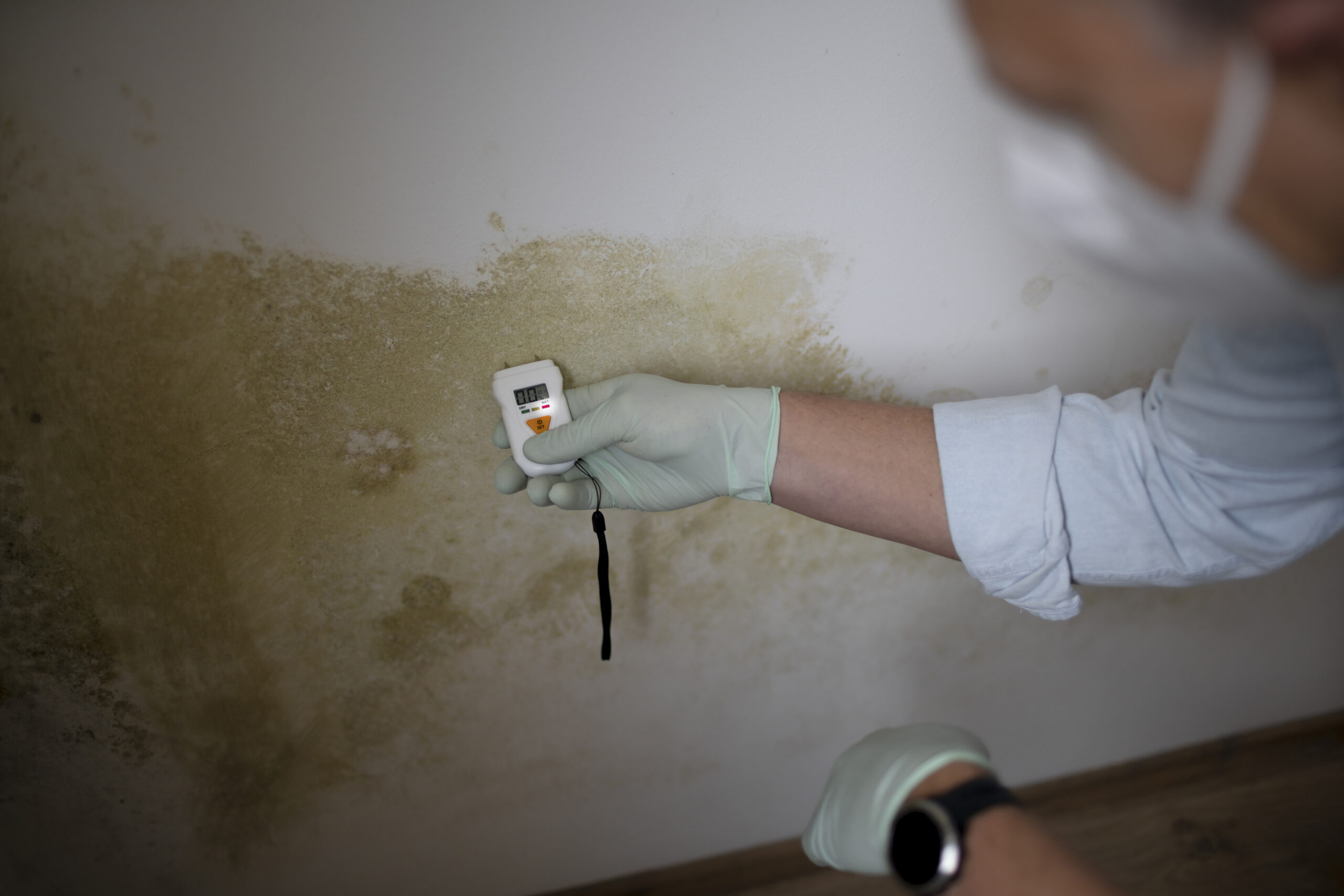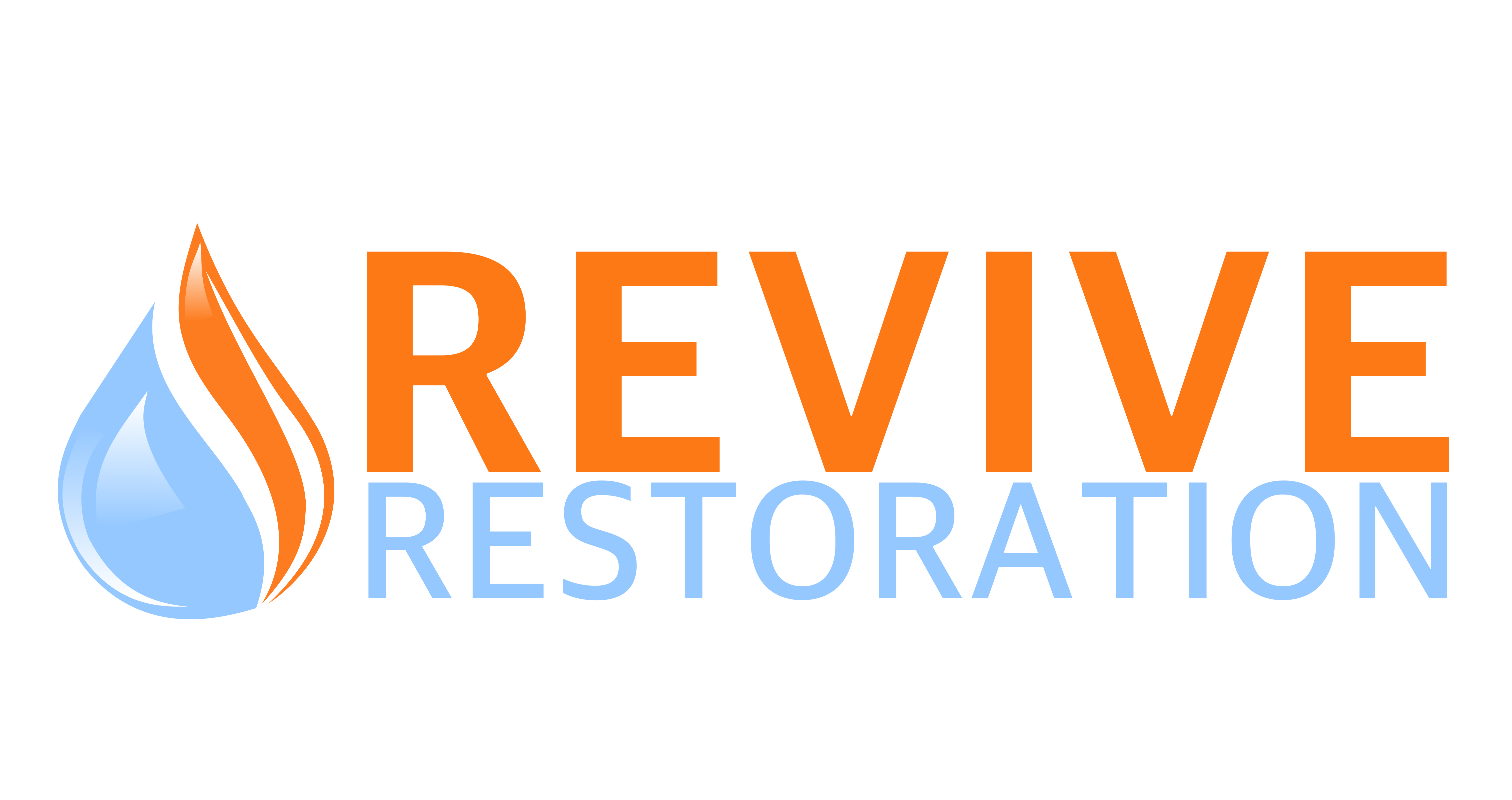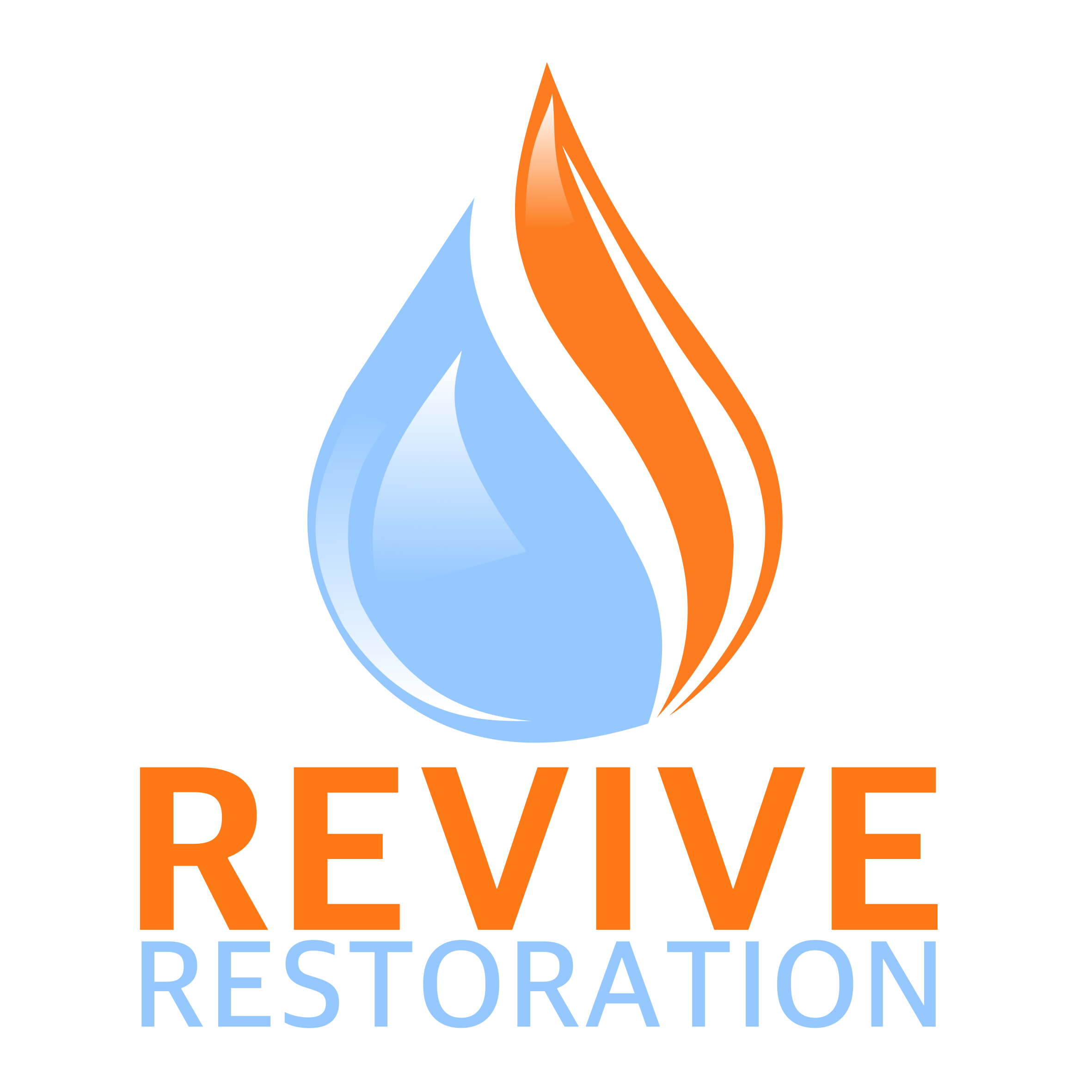
Unknown Health Risks Associated with Water Damage: Things to Know
Water damage occurs when excessive moisture infiltrates structures, leading to issues such as mold growth, structural deterioration, and property damage. Health risks associated with water damage include respiratory problems from mold spores, allergic reactions, and the spread of harmful bacteria and pathogens in stagnant water. Prolonged exposure to damp environments can exacerbate conditions like asthma and other respiratory ailments, making prompt remediation essential to mitigate both property and health hazards.
Recognizing the potential health risks linked to water damage, such as mold growth, bacterial contamination, and structural degradation, empowers individuals and communities to implement proactive strategies for prevention and mitigation, ultimately safeguarding public health and environmental well-being.
This article aims to shed light on the hidden health risks associated with water damage, enhancing your awareness and understanding of this often-overlooked issue. By exploring these risks listed above, the article seeks to equip you with the knowledge necessary to identify water damage in your environment and take appropriate preventive measures to safeguard your health and well-being.
Understanding Water Damage
Common causes of water damage include flooding from heavy rainfall or storms and plumbing leaks from burst pipes, faulty fixtures, or aging infrastructure. These issues can lead to significant property damage, mold growth, and costly repairs if not addressed promptly.
Water damage can significantly weaken the structural integrity of buildings and lead to costly repairs and health hazards, such as mold growth. Prolonged exposure to moisture can cause materials like wood and drywall to deteriorate, leading to potential structural failures. Additionally, water accumulation can compromise electrical systems and diminish air quality, posing risks to occupants. Timely assessment and remediation are crucial to mitigate these impacts and preserve the safety and value of the property.
Understanding the timeline of damage progression is crucial for assessing health risks because it provides insight into how quickly conditions can deteriorate, enabling timely interventions and preventive measures. This knowledge helps healthcare professionals predict potential complications, tailor treatment plans, and educate patients about the importance of early detection and response, ultimately improving health outcomes and reducing long-term consequences.
Health Risks Associated with Water Damage
Key conditions that promote mold growth after water damage include high humidity levels (above 60%), warm temperatures (between 70-90°F), and the presence of organic materials such as wood, drywall, and insulation. Inadequate ventilation also exacerbates moisture buildup, while delays in addressing water leaks or flooding significantly increase the likelihood of mold proliferation within 24 to 48 hours of the incident. To learn more, check the United States Environmental Protection Agency (EPA) website.
Common types of mold found in affected areas include Aspergillus, Cladosporium, and Stachybotrys (black mold). Aspergillus can cause respiratory issues and allergic reactions, while Cladosporium is often associated with asthma exacerbations and skin irritations. Stachybotrys is known for producing mycotoxins that can lead to severe health problems, including chronic respiratory issues and persistent fatigue. Prolonged exposure to these molds can significantly impact individuals with pre-existing health conditions and can compromise immune function, highlighting the importance of mold remediation in affected spaces. Learn more on Center for Disease Control and Prevention (CDC) website.
Mold exposure poses a heightened health risk to vulnerable groups such as children, the elderly, and those with pre-existing respiratory conditions, as their immune systems may be less equipped to handle mold-related allergens and toxins, leading to increased respiratory issues and other health complications.
Chemical Hazards and Microbial Infections: More Health Risks to Consider
Floodwaters often contain sewage and chemical contaminants that pose significant risks to public health, as exposure to these hazardous materials can lead to various illnesses, including gastrointestinal infections, skin rashes, and respiratory problems. It is crucial for communities impacted by flooding to prioritize safety measures, such as avoiding contact with floodwaters, using protective gear when necessary, and ensuring clean-up efforts adhere to health guidelines to mitigate these risks effectively.
Standing water serves as an ideal breeding ground for harmful microorganisms, including bacteria and viruses, due to its stagnant nature, which allows for the accumulation of organic matter and nutrients. This can lead to the proliferation of pathogens that pose serious health risks, resulting in waterborne diseases when contaminated water is ingested or comes into contact with skin. Proper drainage and water management are crucial in mitigating these risks to public health.
Prevention Strategies Against Water Damage-Related Health Risks
Controlling indoor moisture levels is crucial for preventing mold growth, which can pose health risks and damage property. Proper ventilation and humidity management, such as using exhaust fans, dehumidifiers, and ensuring adequate air circulation, help maintain optimal humidity levels and reduce dampness. This proactive approach not only safeguards indoor air quality but also preserves the integrity of buildings and furnishings, leading to a healthier living environment.
Proper drainage around your property is essential to protect your foundation from water damage and flooding. This can be achieved by implementing effective landscaping, such as grading that slopes away from the house, installing gutters and downspouts that channel water away, and maintaining drainage systems to ensure they are unobstructed. Regular inspections and maintenance will help mitigate potential water-related issues and safeguard your home’s structural integrity.
When to Seek Professional Help for Remediation After Water Damage Occurs?
The remediation process for extensive mold or contamination involves several critical steps to ensure safety and effectiveness. Professionals begin with a thorough assessment to identify the extent of the mold or contamination, followed by containment measures to prevent further spread. This is often paired with the use of specialized equipment like air scrubbers and dehumidifiers. The next step is removal of the contaminated materials, followed by disinfection of the affected areas. Finally, professionals conduct post-remediation testing to confirm that mold levels are within safe limits and implement strategies to prevent future occurrences. Throughout the process, adherence to safety protocols and regulations is paramount to protect both the property and the health of occupants.
Revive Restoration specializes in comprehensive water damage restoration, utilizing advanced techniques and equipment to assess and remediate extensive or multiroom damage efficiently. Their team of professionals is trained to handle various water-related issues, ensuring a thorough evaluation and restoration process to minimize further damage and promote a safe environment.
Taking Proactive Measures Against Unknown Health Risks from Water Damage is Crucial!
Since extended exposure to water damage might result in serious health problems, it is imperative to take preventative precautions against potential health concerns. To guarantee your safety and well-being, get in touch with us at Revive Restoration, any time during the day or the night for professional water damage restoration services and prompt support. Give us a call at (720) 340-3499.

